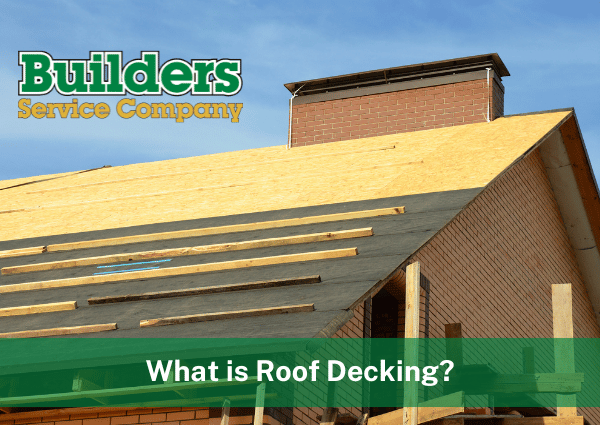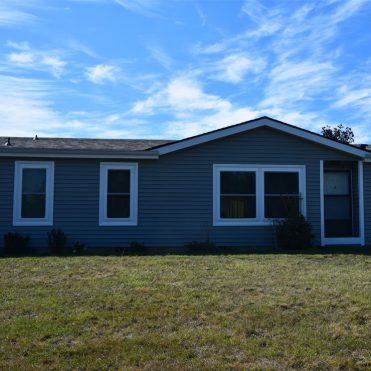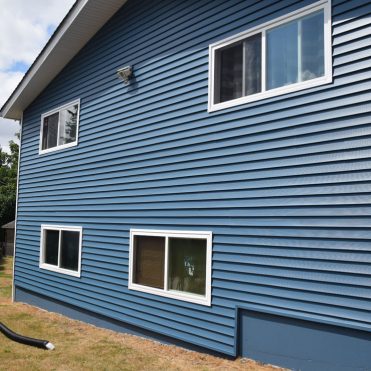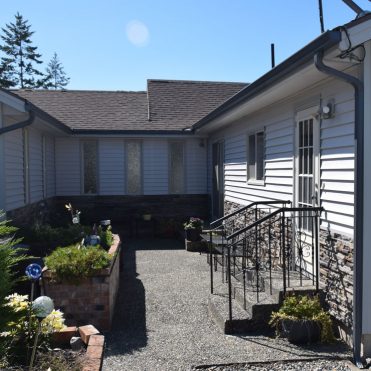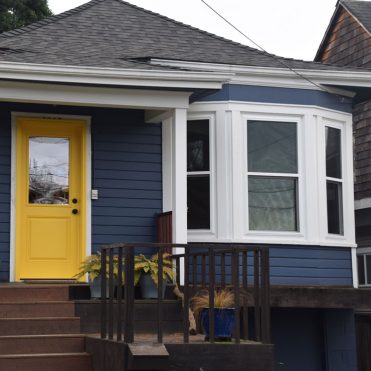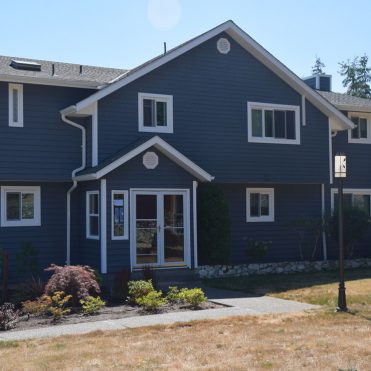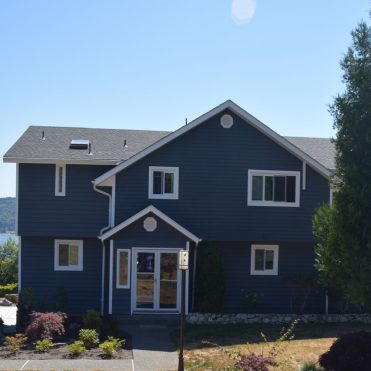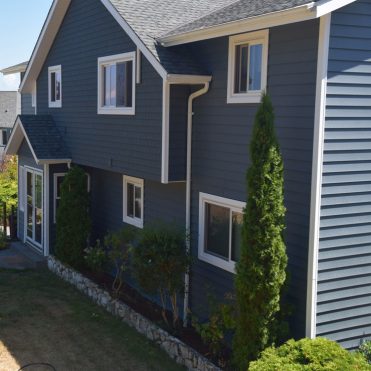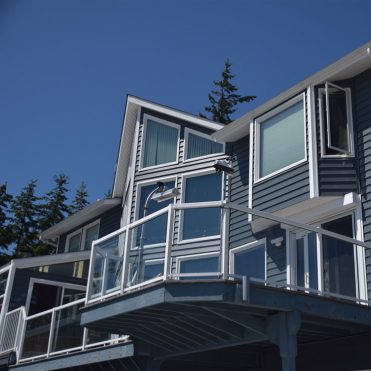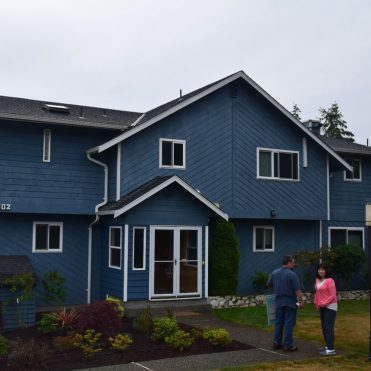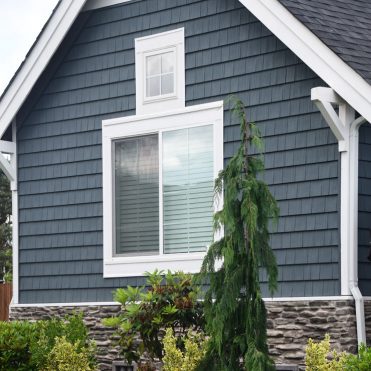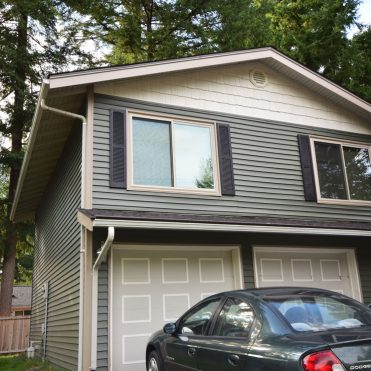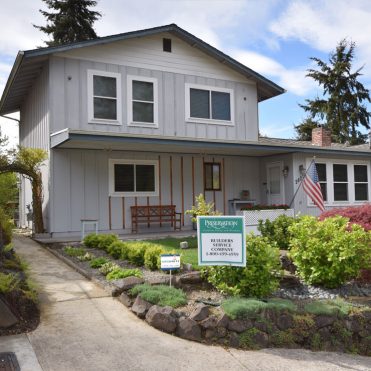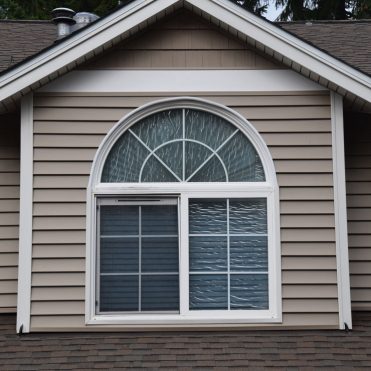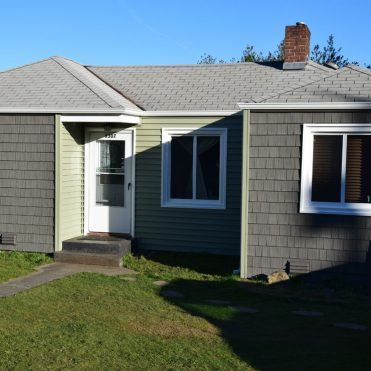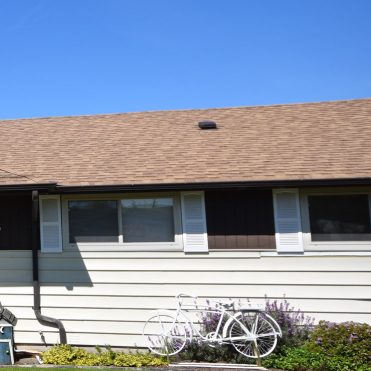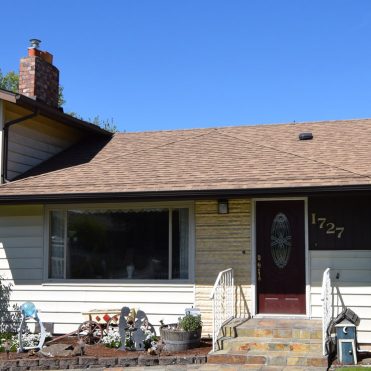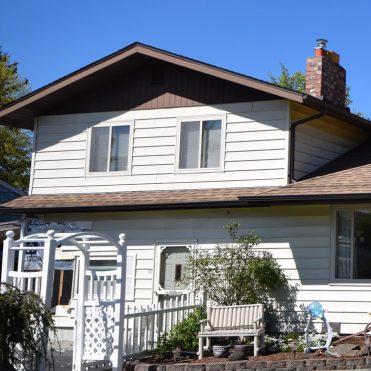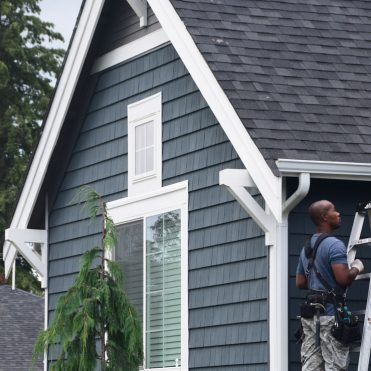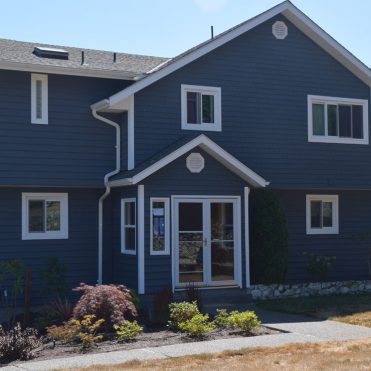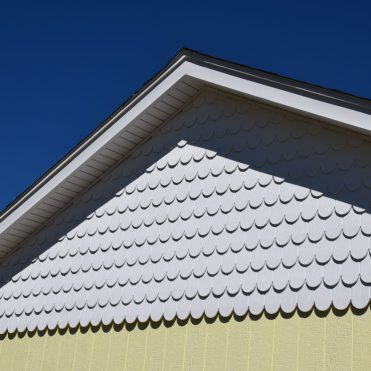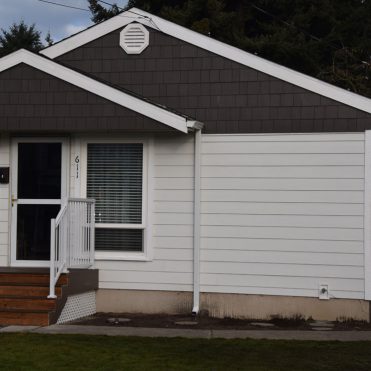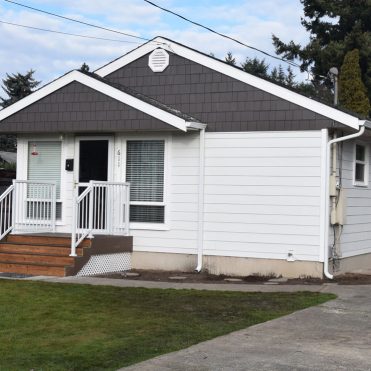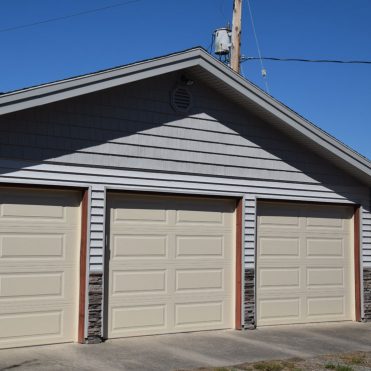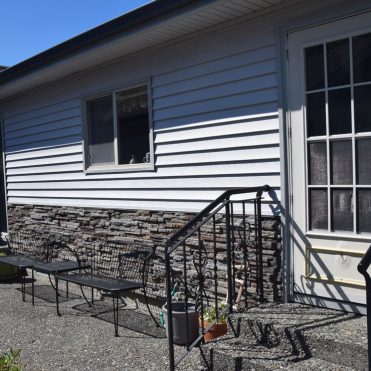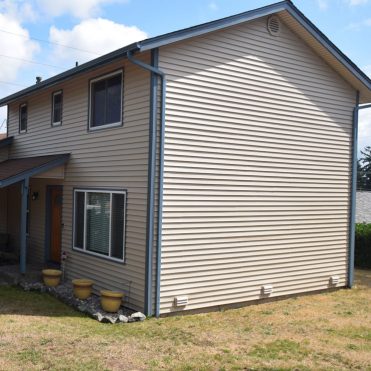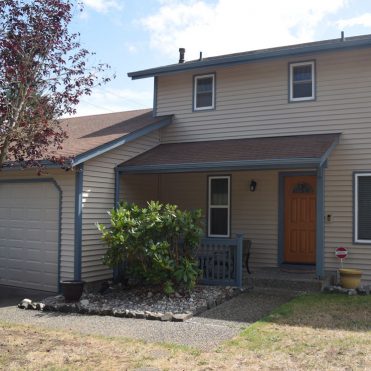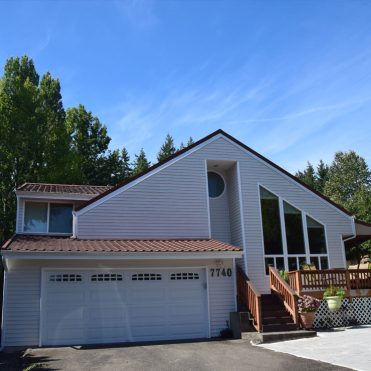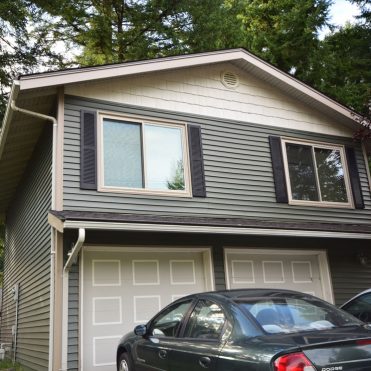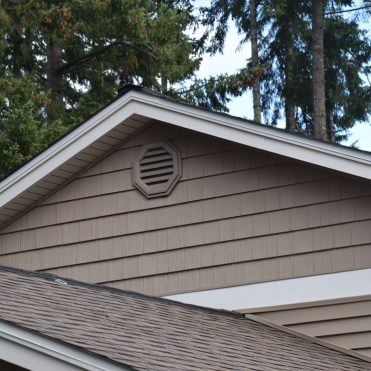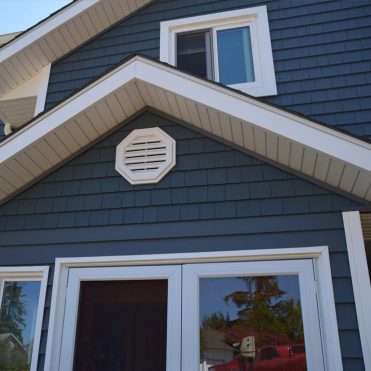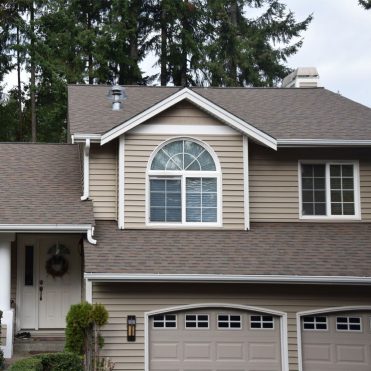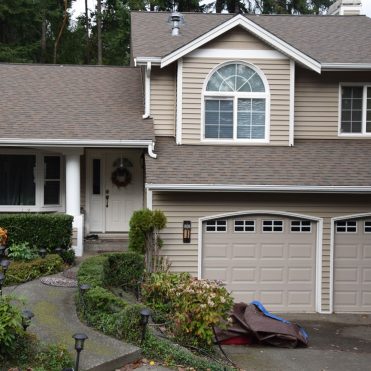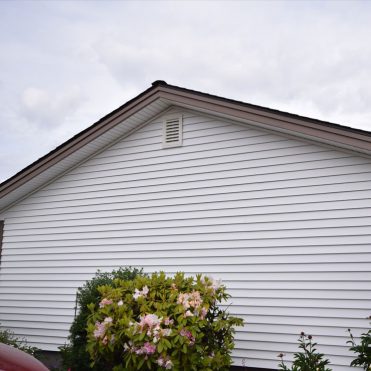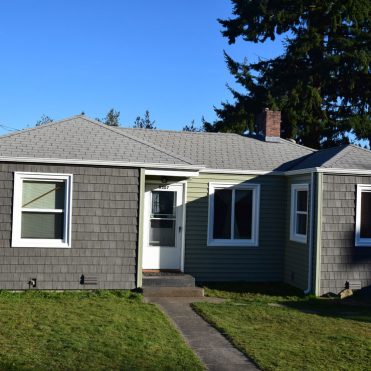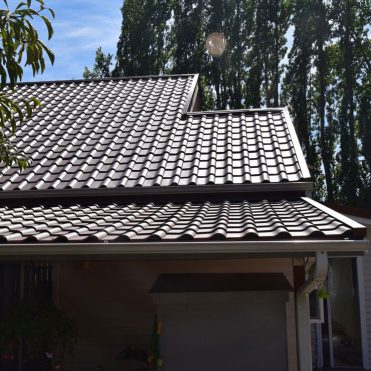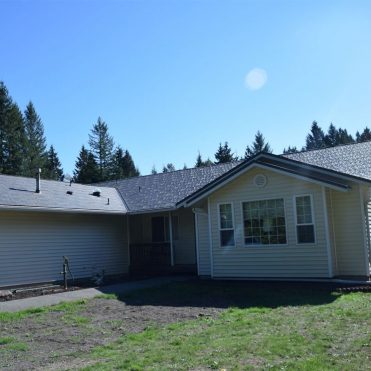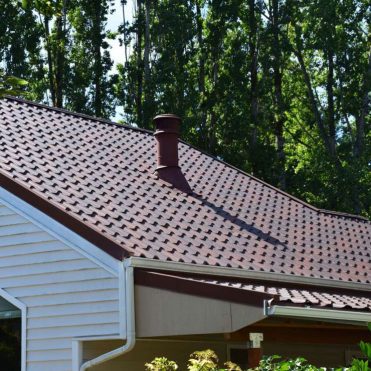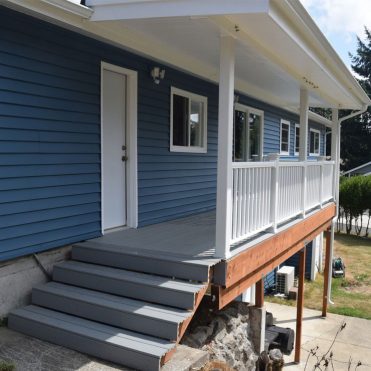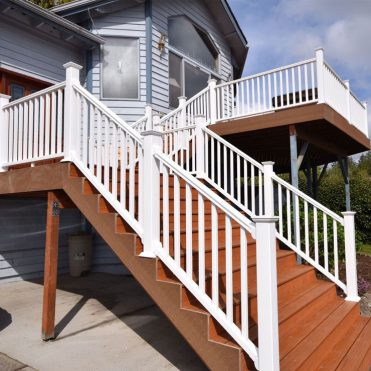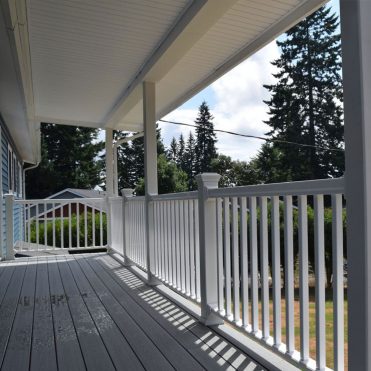What is Roof Decking?
Your roof is more than just the shingles you see from the curb. It’s a layered system made up of different materials that all work together to protect your home. At the heart of this system lies an often-overlooked hero: roof decking.
Roof decking acts as the foundation for your entire roofing structure, making it one of the most critical elements to get right. Whether you’re preparing for a roof replacement, dealing with repairs, or just want to understand your home better, knowing what is roof decking can help you make informed decisions.
What is Roof Decking?
Roof decking, also called roof sheathing, is the wooden base layer installed over your home’s roof framing. This layer provides a solid surface on which roofing materials like shingles, underlayment, and flashing are installed.
Common Roof Decking Materials:
- Plank decking: Typically found in older homes, made from 1×6 or 1×8 wooden boards.
- Sheet decking: Predominantly used in modern construction, includes OSB and plywood sheets.
Roof decking provides the structural foundation needed to attach and support all other roofing components securely. It also improves wind resistance and helps distribute weight across the roofing system. Understanding what is roof decking is essential to making the right choice for your roof.
Why Roof Decking Matters More Than You Think
The roof decking isn’t just a passive platform—it’s a structural necessity. It forms the anchor for roofing fasteners, supports loads like snow and debris, and impacts everything from the longevity of your roof to the safety of your attic space.
When Should You Care About Roof Decking?
- During a full roof replacement
- When patching or repairing areas of roof damage
- If you’re noticing signs of leaks, sagging, or ventilation issues in your attic
A compromised deck not only affects performance but also invalidates warranties and code compliance. That’s why roofing professionals check the decking’s integrity before any new installation. Knowing what is roof decking allows you to ask the right questions.
Types of Roof Decking
Plank Decking
This traditional method uses individual wooden planks, typically 1×6 or 1×8 in size. You’ll mostly see this in homes built before the 1970s.
Features:
- Installed directly over rafters
- Visually appears like hardwood flooring
- Can develop large gaps over time
Plank decking can still be found and used, but building codes today require the gaps between planks to be no larger than 1/8″. Otherwise, contractors must overlay it with OSB or plywood.
Sheet Decking
Modern roof construction almost exclusively uses sheet decking because of its cost efficiency, uniformity, and ease of installation. Two main types exist:
OSB (Oriented Strand Board)
- Made from compressed wood strands and resin
- Standard size: 4×8 feet, thickness around 7/16″
- Affordable and widely available
Despite being less moisture-resistant than plywood, OSB holds up well in dry climates and is used in a majority of new home builds. What is roof decking often comes down to choosing between OSB and plywood for most homeowners.
Plywood (CDX)
- Built from thin wood veneers glued together in layers
- Comes in multiple thicknesses: 3/8″, 1/2″, 5/8″, 3/4″
- Offers greater strength and water resistance
While plywood can be more expensive, it’s often preferred for roofs exposed to high humidity or where structural performance is critical. This is another critical aspect when learning what is roof decking for different building types.
Metal Roof Decking
Mostly used in commercial buildings, this option involves corrugated steel or aluminum panels.
Benefits:
- Extreme durability and longevity
- Fire resistant
- Supports heavier roofing systems
Although rarely seen in residential applications, metal decking is ideal for flat or low-slope roofs, especially in warehouses or industrial facilities.
Key Functions of Roof Decking
Roof decking is more than just a base layer. Its performance affects the entire roofing system.
- Structural support: Distributes weight evenly across the roof
- Secure anchoring: Provides a solid base for roofing nails
- Installation platform: Offers a level surface for underlayment and shingles
- Moisture protection: Paired with underlayment to reduce leaks
- Stability during installation: Ensures roof boards and shingles stay in place
- Energy efficiency: Enhances insulation and attic ventilation effectiveness
What is roof decking if not the core layer ensuring the rest of your roof works properly? It is a load-bearing, weather-resistant barrier that every homeowner should understand.
When Should Roof Decking Be Replaced?
The need for replacement isn’t always visible until the existing shingles are removed. However, experienced roofers can often anticipate potential decking issues by examining your attic or roofline.
Decking must be replaced if:
- There’s visible rot or mold
- The surface sags between rafters
- Nails don’t hold due to softness
- The wood feels spongy or breaks easily
- It doesn’t meet code or manufacturer specifications
Even if just a portion is damaged, localized replacement may not be a good long-term solution. In many cases, it’s smarter to install an entirely new sheet for consistency and structural strength. This becomes especially important once you understand what is roof decking and its role in your home’s performance.
Signs of Damaged or Rotted Roof Decking
Homeowners often don’t discover damaged decking until it’s too late. Here are warning signs you should never ignore:
- Uneven or wavy roof surface
- Water leaks inside the attic or upper floors
- Dark spots or staining on ceilings
- Mildew odor or mold patches
- Roof feels soft under pressure
Neglecting these signs can compromise the entire roofing structure, especially in areas with frequent storms, snow, or extreme temperatures. Routine inspections can prevent such damage from spreading.
Roof Decking and Building Codes
Roof decking must comply with local and national codes to ensure durability and safety. The 2018 International Residential Code outlines several requirements:
- Shingles must be fastened to solidly sheathed decks
- Decking should hold nails firmly without pull-through
- Plank spacing must be under 1/8″, otherwise an overlay is mandatory
These codes apply to both residential and commercial properties and are essential for passing inspections and securing insurance coverage. Always consult updated building code guidelines when planning a roof replacement or deck repair.
How Roof Decking Impacts Roof Ventilation
Ventilation affects not just air circulation but also your roof’s performance. Improper attic ventilation can lead to condensation forming under the decking. This moisture causes long-term damage like warping or delamination.
Poor Ventilation Results In:
- Rotted decking
- Higher utility bills
- Weakened structural support
- Shortened lifespan of roofing materials
Proper roof ventilation helps prevent structural issues and maintains consistent indoor temperatures. Combined with the right materials, proper airflow extends the life of the roof deck and supports insulation performance. If you’re asking what is roof decking in relation to energy performance—this is where it connects.
Roof Decking vs Roof Underlayment
Many homeowners confuse these components, but they serve distinct purposes:
- Decking is the structural platform attached to the framing.
- Underlayment is a water-resistant layer laid over the decking before shingles are applied.
There are different types of underlayment including felt, synthetic, and peel-and-stick membranes—all adding layers of protection against moisture. Each one contributes to your overall roofing system in unique ways.
Together, decking and underlayment form the foundation for a secure, long-lasting roof. Understanding these parts is essential for anyone upgrading their roof or planning long-term home maintenance. Knowing what is roof decking makes it easier to understand how all these pieces work together.
Cost of Roof Decking Replacement
The cost to replace roof decking depends on multiple factors:
- Type of material (plank vs sheet)
- Sheet size and grade (thicker sheets cost more)
- Labor for removal and disposal
- Roof slope and access difficulty
- Market prices for lumber at the time of replacement
These numbers vary widely between residential and commercial properties. In general, plywood is a better option than OSB for wet climates, while commercial projects may lean toward metal decking. Factor in replacement complexity and waste removal fees when budgeting. The first step is knowing what is roof decking and how much of it needs replacing.
Maintenance Tips for Roof Decking
Regular care helps preserve roof decking integrity and extend its service life.
Maintenance Checklist:
- Inspect attic annually for water stains and mold
- Clean gutters to prevent overflow and water backup
- Address any roof leaks immediately
- Ensure attic insulation isn’t blocking ventilation
- Check roof after major storms for signs of sagging
Maintaining your decking is vital for avoiding future repair costs. Scheduled roof inspections and smart seasonal maintenance practices are the best long-term protection against rot and water damage.
Roof Decking Installation Best Practices
A reliable installation determines how well your decking holds up against time and weather.
Best Practices:
- Use galvanized nails to resist rust
- Follow code-compliant nail spacing patterns
- Reinforce edges with extra fasteners
- Avoid overdriving or underdriving nails
- Replace damaged boards or sheets entirely—not partially
Contractors must follow proper fastening patterns, especially along edges where uplift pressure is highest. Accurate measuring, secure board attachment, and strict material handling guidelines are non-negotiable. Understanding what is roof decking and how it’s installed helps ensure better quality control.
Why Quality Decking Matters for Roof Longevity
Cheap or poorly installed decking can compromise even the best roofing materials. Quality decking improves durability, increases the performance of insulation and underlayment, and prevents moisture-related damage.
Benefits of Investing in Good Roof Decking:
- Extends roof lifespan
- Provides a strong, even base for all layers
- Minimizes long-term maintenance costs
- Enhances wind and load resistance
- Improves energy efficiency in the home
Understanding what makes one roof deck last longer than another depends on several variables—materials, ventilation, fastener technique, and overall system performance. Knowing what is roof decking gives you a head start on smarter home investments.
Roof Decking Services by Builders Service Company
At Builders Service Company, we offer expert roofing services across the Pacific Northwest with a focus on quality, compliance, and long-term durability. Our trained team conducts thorough inspections of your roof decking during every replacement job. We check for sagging, soft spots, and gaps, ensuring your new roof starts with a solid foundation.
Whether you’re replacing outdated plank decking or need a full sheet installation, we guarantee work that meets current building codes and exceeds performance standards.
With a deep understanding of the challenges posed by wet climates, our solutions are tailored to withstand the region’s harshest conditions. We help you make smart, cost-effective choices so your home remains safe, efficient, and protected year-round. We begin every consultation by helping you understand what is roof decking and how it affects your overall project.
Contact Builders Service Company
As premier exterior contractors in the Pacific Northwest and a locally owned company, our reputation speaks for itself. With his decades of knowledge and vast experience, Mason has built up decades of trust, and Builders Service Company goes above and beyond to make customer satisfaction and service a top priority. We understand that your home is one of the most important investments that you will ever make and we are appropriately licensed and insured.
Builders Service Company is a Better Business Bureau “A+” accredited business. We have also received the Golden Hammer Contractor Award not once, but twice from Alcoa Building Products, and are the designated Dealer of Distinction for Preservation Windows and Siding.
Call now: 888-980-8580



